Fiene Scharp
fragile fragments
-

fragile fragments, installation view, 2018
-
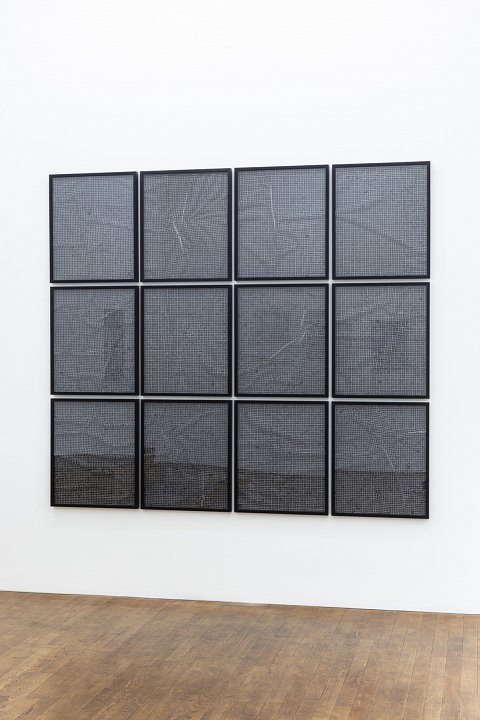
fragile fragments, installation view, 2018
-
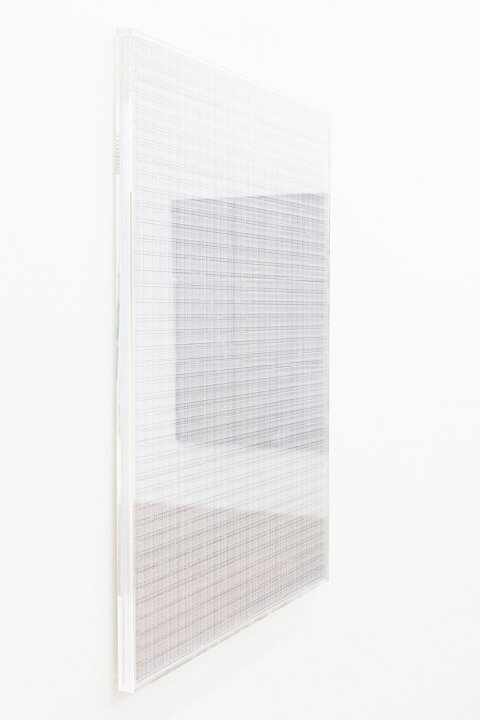
fragile fragments, installation view, 2018
-
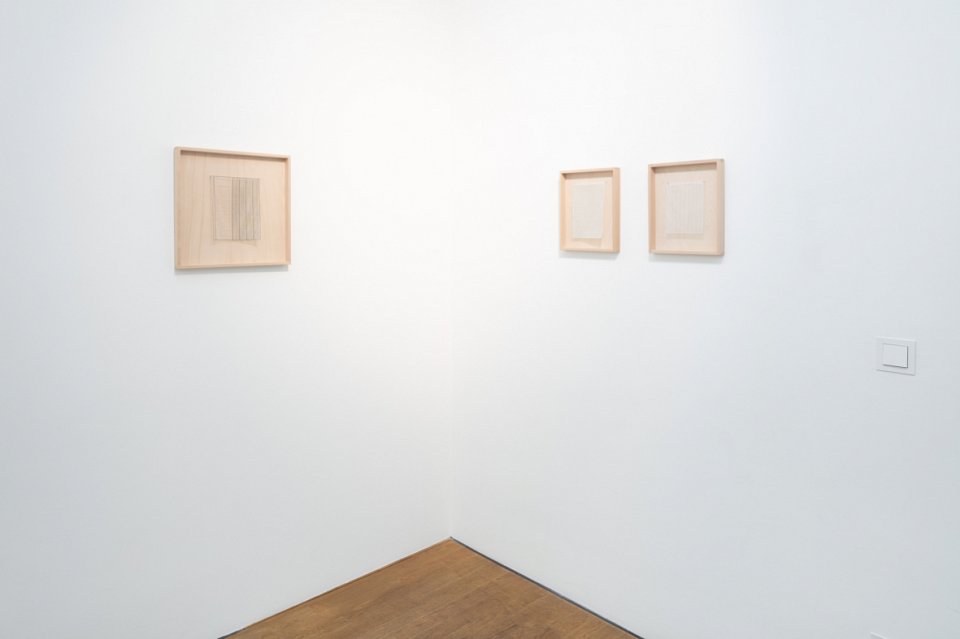
fragile fragments, installation view, 2018
-
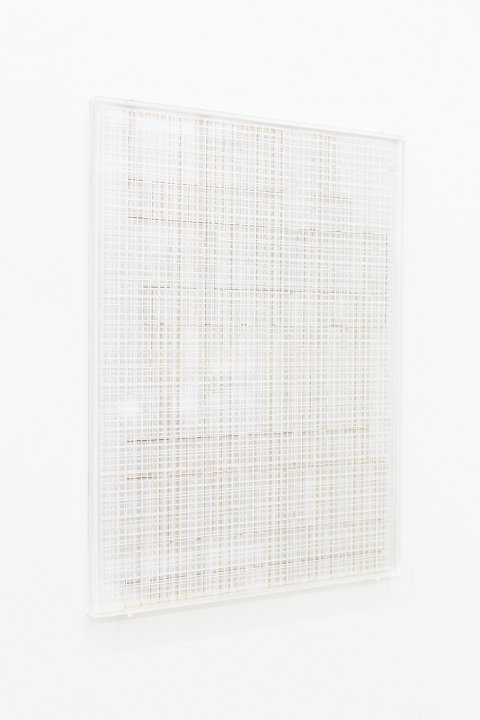
fragile fragments, installation view, 2018
-

fragile fragments, installation view, 2018
-

fragile fragments, installation view, 2018
-

fragile fragments, installation view, 2018
-
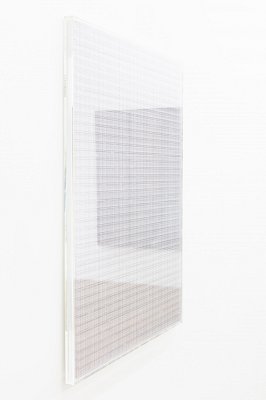
fragile fragments, installation view, 2018
-

fragile fragments, installation view, 2018
-
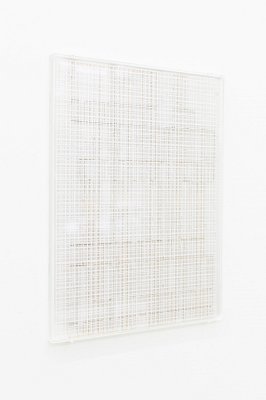
fragile fragments, installation view, 2018
-
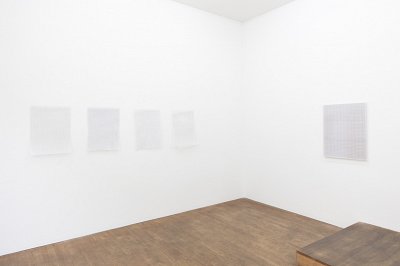
fragile fragments, installation view, 2018
Fiene Scharp
fragile fragments
The grid pervades all areas of our lives: what would the economy be without accounting, music without a score, or geography without a world map? The grid plays an essential role in the formation of our modern world and continues today in the digital web with its programmed algorithms. Grids are also recognizable in our daily lives: in pavement, brick walls, window struts, or house facades. They reflect the image of a modern city whose infrastructure is also based on a grid structure. Fences and grates obstruct views or only give us a limited glimpse of what lies behind them. Broken down into its visual form, a grid consists of geometric, repeating, and side-by-side elements. As such, it is a recurring theme throughout the work of German artist Fiene Scharp. The paper cutouts presented in this exhibition are an expression of the ambiguity between repetition and difference, drawing and object. Forming the basis of the works are vintage, international gridded papers the artist has collected over the years. An old cash ledger, graph paper, sheet music paper or patterned papers—each one features a unique grid highlighted by the cutting out of the areas in-between.
This is particularly apparent in an ongoing series of smaller-scale paper cutouts that Fiene Scharp hangs on two nails in open-faced, similarly sized wooden boxes. Viewed from afar, the strict, systematic, and precise quality of their gridding is on full display, conveying the impression that a machine has uniformly cut out the gridded paper. Their ostensibly perfect, smooth surfaces deceive viewers at first. Their full beauty is revealed as soon as you get closer to the works—a beauty that lies in its imperfection. Minor defects have been incorporated into the grid and are attributable to the fragile materiality of the paper and delicate nature of the highly detailed grid. Accordingly, the thin paper webs are torn in places, broken, or the corners frayed. What some may call “production defects” are an expression of individuality in Scharp’s works. The in-between areas have not been removed mechanically but are cut out by hand by the artist in a laborious process with the help of a scalpel. Akin to an intricate surgical procedure, Scharp’s artistic practice demands significant patience, precision, and care, and last but not least, a steady hand. The ruptures and irregularities—what is missing from the grid—attest to the fact that this process is also prone to error.
This also emphasizes another crucial aspect of the work: its fragility. Not only is this attributable to the material paper per se, but by specifically removing or cutting out the in-between areas, it loses its mass and consequently its stability. The artist leaves only a fine, extremely delicate, transparent grid. By removing the fragments, Scharp brings out not only the grid’s fragility but also its object-like character. The compact wooden box, which feels bulky compared to the delicate paper grids, functions almost like a separate exhibition space for the grids and recalls a shadowbox with its open front. This manner of display emphasizes the fragile nature of the works and evokes in viewers a desire to touch them. At the same time one approaches them respectfully and cautiously since only a light breeze is needed to set them in motion. In this way, Scharp imbues her work with a life of its own, thus freeing the grid from its original static state.
The theme of movement is carried on in the large-format black and white work. Here, Fiene Scharp has cut out a number of white paper grids and affixed them to a black background. Compared to the other paper cutouts, these one are the most fragile because they are made of an extremely thin, vintage silk paper from the textile industry. This quality allows the artist to first form the fabric-like grid with her hands before adhering it to the support ground. This produces a deliberate shift: the originally static, strictly geometrical grid ceases to exist and moves around fluently like a gentle wave on the black ground. This generates a three-dimensional tactile structure that evokes associations to cloth or another type of fabric. Here, the grid takes on an even greater object-like quality. Finally, the artist assembles the individual, framed elements into a large-scale grid.
The works presented in this exhibition are all based on various grid structures, without aspiring to be categorized as grids per se. Both static and in motion, formal and metaphoric, they elude all concrete interpretations. Moreover, the nature of the vintage grid paper is inherently symbolic. As a unique element with its own history, it is closely connected to themes such as time and cultural history, identity or organism. What was originally discernable and real has been distorted or nearly completely obliterated by the process of being cut out. And so only the grid or lattice remains as a fragile fragment, implying a tangible fleetingness. In her paper cutouts, the artist augments the strictly geometrical, structurally static, and two-dimensional grid with a dynamic, spatial, tactile, and subtle component.
Fiene Scharp (b. 1984) studied visual art with Gregor Schneider and Alicja Kwade at the UdK Berlin and has participated in numerous museum and gallery exhibitions in Europe, North America, and the Near East. She has received numerous awards and grants. Her works are represented in public collections such as the Staatliche Museen zu Berlin or the Kunstmuseum Stuttgart.